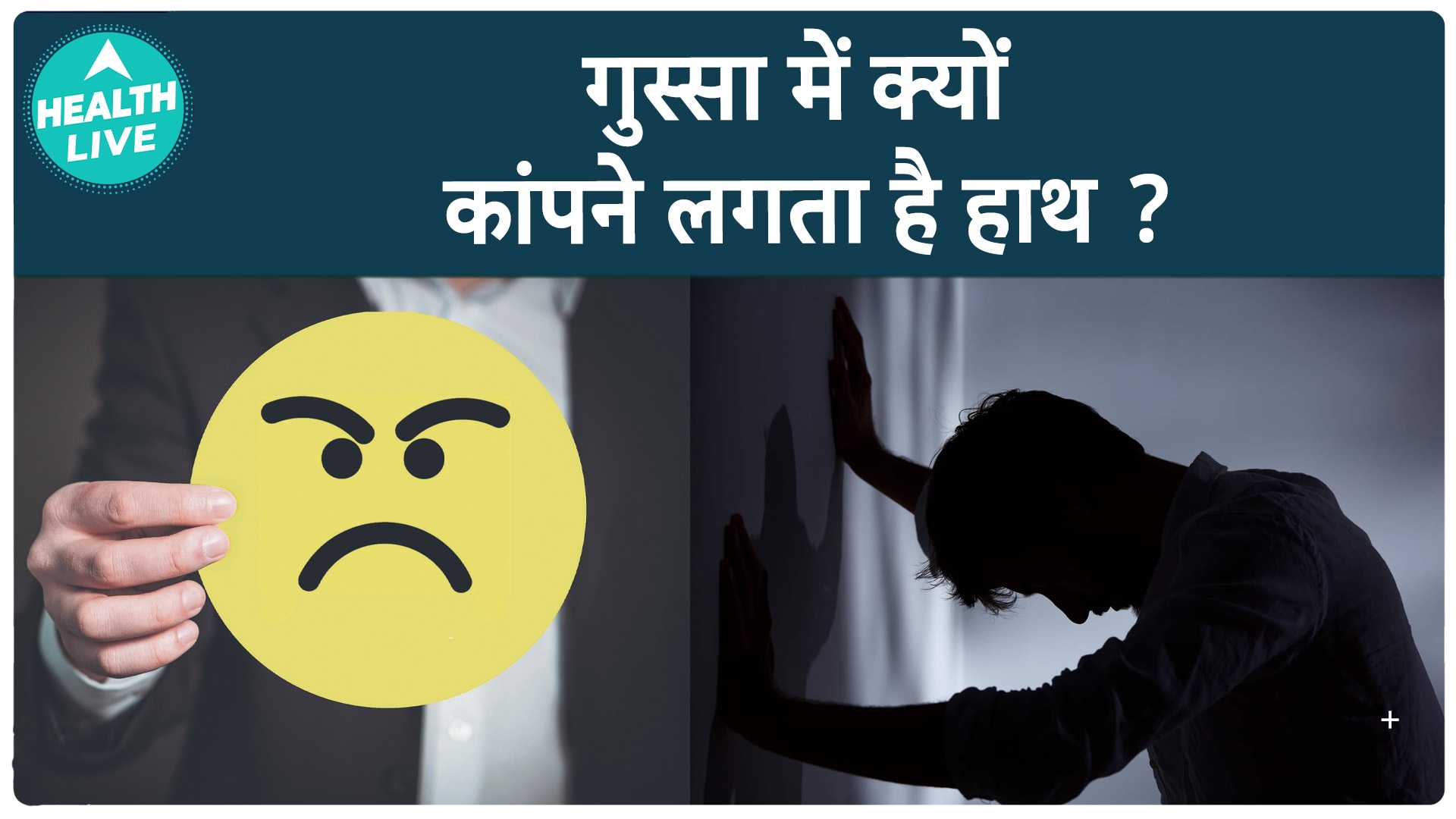1 2 Pune: Every year, World Car-Free Day , celebrated on Sept 22, encourages motorists to leave their cars behind to highlight the benefits of reducing car usage — lesser air pollution and a safer environment to walk and cycle. It offers a glimpse of what cities could look and feel like without cars year-round. Urban trends, however, are heading in the opposite direction.
The number of private vehicles, including twowheelers, is rapidly increasing as these have become more affordable. People prefer personal vehicles for the flexibility and comfort, but the rise in vehicle use leads to congestion because road space cannot keep up with the growth rate of vehicles. Increased usage of vehicles also contributes significantly to air pollution and greenhouse gas emissions.

Two-wheelers, though convenient, are particularly unsafe. In 2022, as many as 7,376 riders died in road crashes, and more than 35,000 people were injured in large cities. Administrations often attempt to solve the problem by building more roads, flyovers and parking spaces.
However, the approach has significant downsides. Firstly, constructing new infrastructure is costly and diverts funds from essential civic services. Secondly, more roads and parking spaces fail to ease congestion in the long term, as they encourage more people to drive, resulting in the same traffic problems.
Additionally, prioritising cars transforms cities, making them less green, unhealthy and unsafe, especially for vulnerable groups like children and the elderly. Increased road space means fewer parks and public spaces, which essentially reduces the livability of a city. A car-oriented city is essentially not a people-friendly city.
The car-free city movement invites us all to imagine how a city might be if one were to simply remove "the car" from the picture. It asks whether the car, meant to serve our needs, has now enslaved us, so that we simply cannot imagine life without it and for which we are willing to sacrifice the things that we hold dear — clean air, nature and greenery, peace and quiet, safety for our children, our parents and for us. At first glance, a car-free city might seem unrealistic or radical.
However, the idea has been seriously considered by urban planners. JH Crawford's book 'Carfree Cities', published in 2000, outlines how cities can function without cars, proposing that neighbourhoods should be designed to be more pedestrian and cycle-friendly, and connected by efficient public transit. While building entirely new car-free cities may seem more feasible, the concept can also be applied to existing cities through thoughtful planning and gradual change.
Cities such as Pune could reduce their reliance on cars by focusing on improving public transportation and pedestrian and cycling infrastructure. Pune's core city area, with its narrow streets and dense population, could slowly be transformed into a car-free zone. While it would not be easy, reducing car dependency and shifting toward more sustainable forms of transportation can lead to safer, healthier and more affordable cities.
The writer is the programme director at Parisar, a civil society organization working in the field of sustainable development.


















